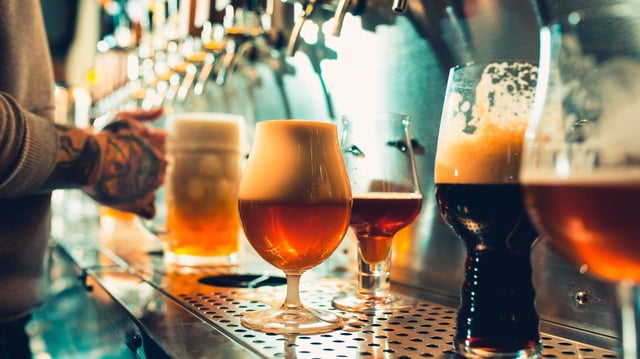Overview
- The peer‑reviewed work in Physics of Fluids reports that foam stability depends on beer type, with distinct mechanisms dominating in lagers versus multi‑fermented Belgian ales.
- Under‑fermented lagers stabilize foam through high surface viscosity as proteins form a relatively rigid network that immobilizes bubble interfaces and slows drainage.
- Multi‑fermented Belgian ales exhibit low surface viscosity yet achieve exceptional persistence via Marangoni surface‑tension gradients that drive self‑healing, recirculating flows in thinning films.
- Foam stability increases with the number of fermentation steps, a trend linked to fermentation‑modified proteins such as LTP1, with contributions from proteins like Serpin Z4 influenced by Maillard reactions in darker styles.
- The authors present a practical blueprint to tune foam via malting and fermentation parameters, note that control is technically demanding, and cite ongoing collaborations with a major brewery and with Shell on suppressing unwanted lubricant foaming.


